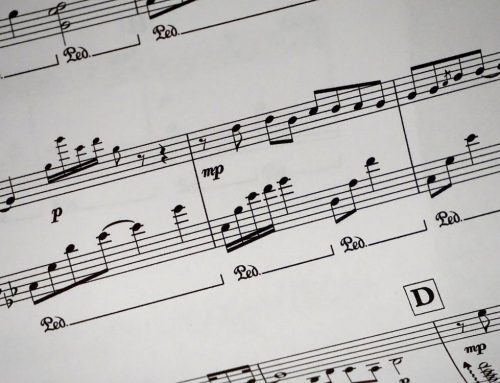Although there are several types of musical instruments, the guitar is the most popular, besides the piano. Most budding musicians start by playing an acoustic guitar to learn about music.
And while playing the piano has its perks, it’s the guitar that inspires individuals to become musicians.
So, what is the history of guitars? Who made the first guitar? How did it all start? Before you pick up the instrument, it’s important to know the answer to all these questions. Not only will it help you learn more about your favorite instrument, it will help you understand music better!
The Early Years of Development
You might think that the guitar is a fairly new invention but its history and origins dates back to 4,000 years! Shocking, but true. It was described as an instrument that has a flat soundboard and a long, fretted neck. The stone carvings of a guitar-like instrument by the Hittites was discovered.
Shaping of the Guitar
A guitar-like instrument named ‘Oud’ became popular in the 9th century. It has a 5th bass string and had 11 to 13 strings attached. It originated in the Middle East and was popular in countries like Armenia, Arabia, Byzantine, Persia, Turkey, and Somalia.
The instrument was shaped like a pear with strings attached and was the first of its kind.
Origins of the Name
The name ‘guitar’ is actually from a Spanish word (“Guitara”). It takes its roots from Arabic and Latin words. From Arabic, it’s “Qitara” and from Latin, it’s”Cithara”.
And what’s more is that these words were adopted from the Greek word “Kithara”.
The Cittern and Gittern
During the 14th century, new types of guitar-like instruments became the next big thing. Saloons offered music services to customers who would wait in waiting areas. These musicians would play the cittern for waiting customers to help them relax.
During the Shakespearean era, the cittern became extremely popular. The cittern and gittern were similar, and there wasn’t much of a difference between the two instruments. The main difference was that the gittern produced a more powerful and crystal-clear sound than its counterpart.
This was because it was built using high-quality, expensive materials.
The history of guitars is a rich, interesting one. The instrument has become extremely popular, and most artists don’t compose music without the help of a guitar. In fact, it’s become a vital part of music composition.
We’ll cover more guitar and music composition history in the next part of the blog, so stayed tuned for part II!






